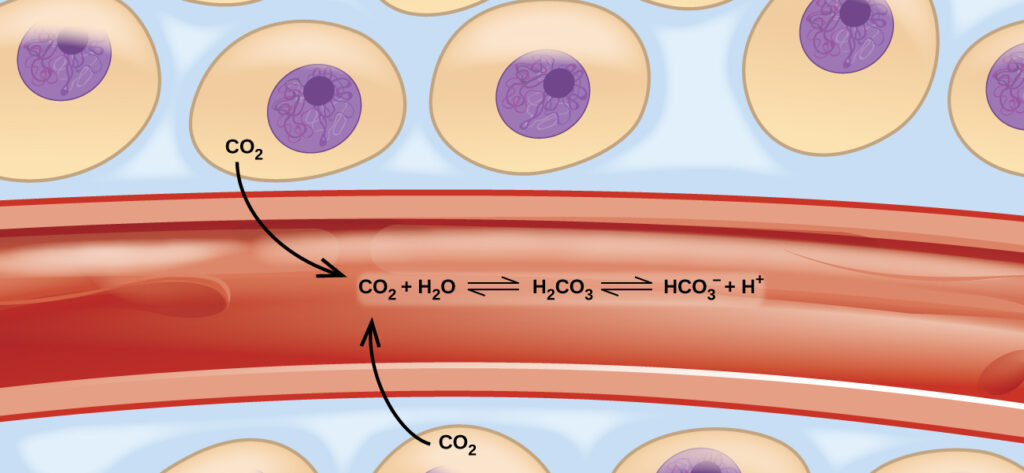After studying this chapter, you should be able to:
- Describe dynamic equilibria both qualitatively and quantitatively and recognize under which conditions they occur.
- Determine the expression and the value of the equilibrium constant (K) and the reaction quotient (Q); explain the implication(s) of their magnitude.
- Use K and Q values to predict the direction of a reaction for a given set of reaction conditions.
- Determine the reactant(s) and product(s) concentration(s) at equilibrium.
- Identify the experimental factors affecting a chemical equilibrium and determine their effect(s).
- Explain the kinetic basis of chemical equilibrium and its relationship to thermodynamics.

Imagine a beach populated with sunbathers and swimmers. As those basking in the sun get too hot, they enter the surf to swim and cool off. As the swimmers tire, they return to the beach to rest. If the rate at which sunbathers enter the surf were to equal the rate at which swimmers return to the sand, then the numbers (though not the identities) of sunbathers and swimmers would remain constant. This scenario illustrates a dynamic phenomenon known as equilibrium, in which opposing processes occur at equal rates. Chemical and physical processes are subject to this phenomenon; these processes are at equilibrium when the forward and reverse reaction rates are equal. Equilibrium systems are pervasive in nature; the various reactions involving carbon dioxide dissolved in blood are examples (see the image above). This chapter provides a thorough introduction to the essential aspects of chemical equilibria.